Eggplant Bourgeois f1 is an early ripe hybrid capable of bearing fruit one hundred and ten days after planting and bearing fruit before frost. The hybrid is adapted for outdoor growth. Can be grown in greenhouses. Resistant to adverse weather conditions and the most common diseases.
A very large, tall shrub with round fruits that are not inferior to the plant itself. In favorable conditions, the bush can grow up to 170 cm. The weight of eggplants ranges from four hundred to six hundred grams. With such a weight of fruits and a significant height of the bush, it is better to tie the plant to the trellis. The bushes of the Bourgeois hybrid are quite spreading. A good ratio of bushes to unit area is three plants per square meter.
The fruits of the hybrid have a slightly flattened shape. The skin of a ripe eggplant is very dark, almost black with a purple tint. The pulp is not bitter, very tender, white. Suitable for preservation for the winter and for preparing dishes from fresh eggplants. The shape of the fruit is very convenient for cooking stuffed eggplants in the oven.
The fruits of the eggplant Bourgeois at the stage of technical ripeness have a violet-pink color.
We can say that round eggplants have returned to their original fruit appearance. Same as in the photo.
At the same time, cultivated round-fruit eggplants, retaining the shape of the fruit, acquired high taste and significant sizes. But they lost the protective thorns on the stems, leaves and calyx. And also a significant part of the bitterness. In the wild, the eggplant needed all this to protect itself from the pests that eat it.
Yes. This is an eggplant. Wild.
In the garden culture, the role of plant protector was assumed by man.
If we compare the top photos with a photo of an eggplant of the Bourgeois variety, then it is clearly noticeable how much the size and weight of the fruits have increased.
And how much "kinder" the eggplants have become towards humans.
Agrotechnics
Eggplants are grown from seedlings. Seeds for seedlings must be sown in the last days of March. The seeds are pre-soaked in a stimulating solution.
If you do not want to waste time waiting for the emergence of seedlings from the ground, you can, after soaking in a stimulating solution, "sow" the seeds of the hybrid into a damp cloth. At the same time, it will be possible to assess the quality of the seeds. Sprouted seeds are planted in separate seedling cups in the prepared soil.
You can simply sow the seeds in the seedling box and open them later. But eggplants do not tolerate both a pick and a transplant, often freezing in growth for a long time. Therefore, the best option is to transfer the young plant from the seed cup to the ground to a permanent place.
When growing eggplant seedlings, novice gardeners often complain that the seeds sprung up together and suddenly everything fell. Most likely, the seedlings were affected by rot of the root collar. This fungal disease develops in overly moist soil. Eggplants are the record holders for water consumption among nightshades, but even they do not like the "swamp".
With an excess of water in plants, roots begin to rot. Further rot spreads to the stem. If this happens, most likely, the seedlings will have to be re-grown.
When the seedlings reach two months of age and the frost ends, the seedlings can be transplanted into the ground. When planting in open ground, you should take care of protecting the plants from the cold wind by placing acrylic on the north side.
It is better to "warm" the roots of eggplants by planting them in organic-rich soil and covering them with mulch. At the same time, it will get rid of weeds.
In dry hot weather, it is necessary to monitor the absence of a spider mite that can deprive the gardener of the harvest. The pest is destroyed with an insecticide.
The situation is worse with the Colorado potato beetle. It multiplies quickly, flies far. It is susceptible to the action of an insecticide, but the chemicals should not be applied later than twenty days before harvest. During this time, the Colorado potato beetle is able to cause significant damage to eggplants, which he loves more than other nightshades.
Hybrid Bourgeois F1 is a product of CeDeK. Perhaps, when growing eggplants and protecting them from pests, it is worth listening to their advice.
Tips from SeDeK
Natural remedies can be used to protect against pests. The Colorado potato beetle is deterred by horseradish, calendula, coriander, beans. Parsley, fennel, garlic and rosemary repel gastropods. In addition, eggplants get along well with beans.
For good fruiting, eggplant flowers must be illuminated by the sun. Do not be afraid to pinch off the leaf shading the flowers.
You should not leave more than two to three stepsons and five to eight fruits at the same time on the bushes. The number of fruits depends on their size. The larger the fruits, the less they should be on the bush.
Eggplant should be watered twice a week. It is also necessary to monitor the potassium-phosphorus balance in the soil.
Sometimes you can find negative reviews about the Bourgeois hybrid on the forums. But if you start to understand, it turns out that the seeds of the Bourgeois F1 hybrid were purchased from hands. In other words, these are second-generation plants that can produce good fruits, can produce disgusting vegetables, and may not disfigure anything at all. Depends on the varieties that were used to breed the hybrid. Producers are trying to ensure that the fruits of the first generation hybrids meet the requirements for the qualities of this variety of eggplants.
In the second generation, there is a splitting of the characteristics of the offspring. At the same time, how exactly the alleles will be distributed is unknown to anyone. Not two or three gene alleles are responsible for the qualities of eggplants, but much more. Many signs are also linked. Nobody canceled Mendel's second law either.
In general, you do not need to buy hybrid seeds from your hands, no matter how the seller praises you with his own experience of growing this hybrid. Perhaps he even speaks the pure truth, he just bought the first generation seeds from the grower.
About the eggplant of the Bourgeois variety, reviews of summer residents who bought branded hybrid seeds, if they contain negative, then only to the address of pests.

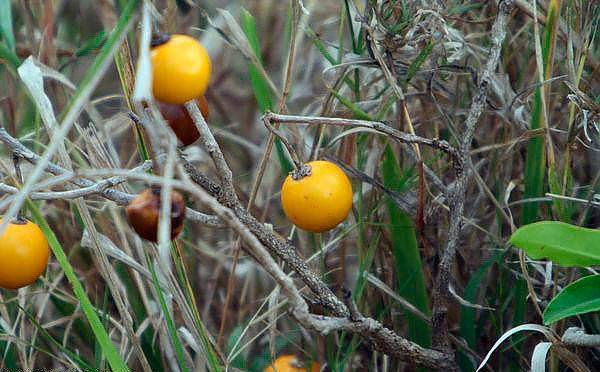

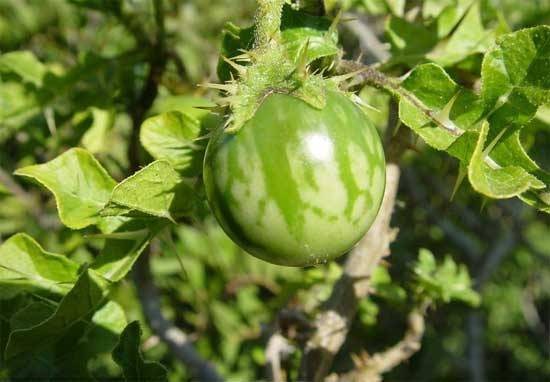
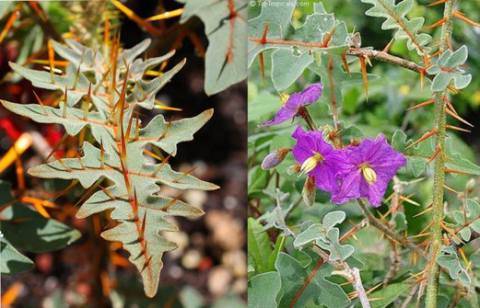
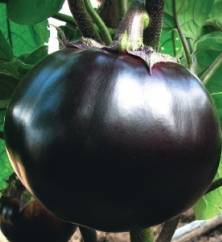
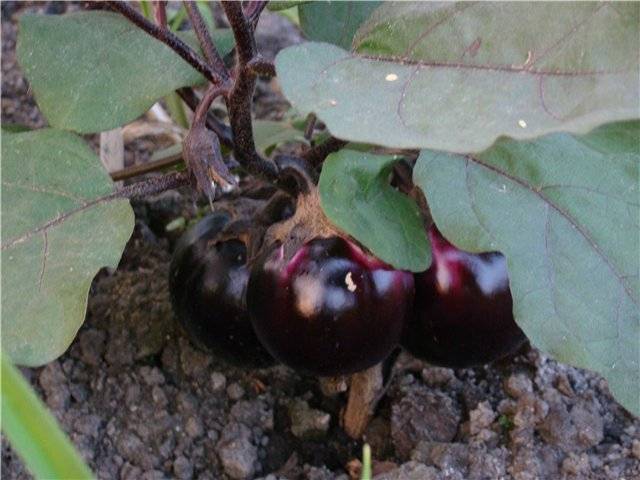
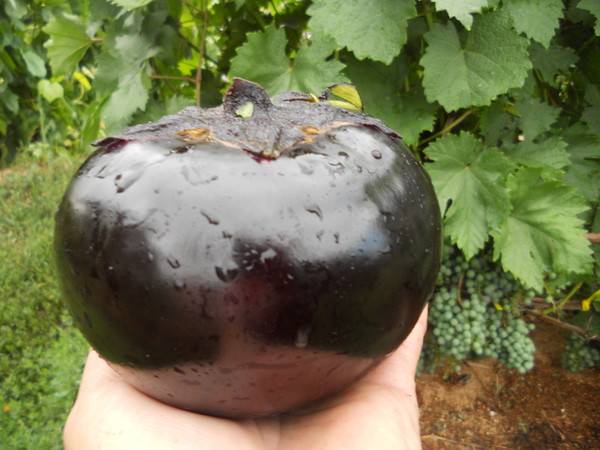






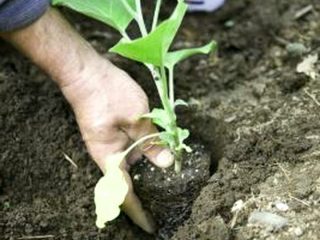


Eggplant of the Bourgeois variety bought by seeds from the Sedek company did not at all meet the declared characteristics. The bushes were low, about 30-35 cm, began to bear fruit late, although they were grown through seedlings, on the bushes 1-2 small round fruit. I will not plant any more